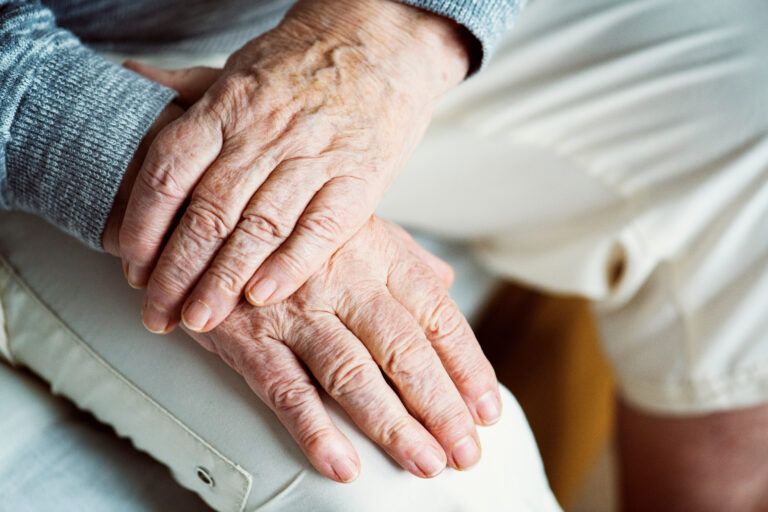**The Overlooked Link Between Wall Art Patterns and Mood Regulation**
When it comes to designing our living spaces, we often focus on the big things: furniture, lighting, and color schemes. But there’s another crucial element that can significantly impact our mood and overall well-being: wall art patterns. In this article, we’ll explore how these patterns can influence our emotions and provide tips on how to use them effectively.
### How Wall Art Patterns Affect Our Mood
Wall art patterns can have a profound effect on our mood by influencing our visual perception and emotional response. Here’s how:
1. **Visual Stimulation**: Patterns can either stimulate or calm us, depending on their complexity and design. For instance, bold geometric patterns can create a sense of energy and excitement, while softer floral patterns can promote relaxation.
2. **Color Psychology**: Different colors have distinct psychological effects. For example, warm colors like red and orange can increase energy levels, while cool colors like blue and green can reduce stress and promote tranquility.
3. **Cognitive Processing**: Our brains process visual information quickly, and patterns can either engage or overwhelm us. Too many contrasting patterns can make a space feel chaotic, while a balanced mix of patterns can create a sense of harmony.
### Tips for Using Wall Art Patterns Effectively
To harness the power of wall art patterns for mood regulation, follow these tips:
1. **Maintain a Consistent Color Palette**: Even if you use different patterns, sticking to a defined color scheme ensures harmony. For example, a mix of striped and floral patterns in shades of blue and white creates cohesion without clashing.
2. **Vary Pattern Scale**: Pairing large, dominant patterns with smaller, understated ones prevents a space from feeling too busy. If a bold geometric rug is used, complement it with subtle textured upholstery.
3. **Incorporate Solid Colors**: Patterns need breathing room. Using solid-colored furniture or walls alongside patterned decor elements prevents visual overload.
4. **Limit Patterns to Three Per Room**: Mixing too many patterns can create a sense of confusion. A good rule is to select one dominant pattern, one secondary pattern, and one subtle texture to tie everything together.
5. **Balance with Neutral Elements**: If a space has bold patterned wallpaper, keep furniture and accessories in neutral tones to ground the design. This helps prevent overstimulation and maintains a sense of balance.
6. **Use Patterns as Accents**: If hesitant about bold patterns, introduce them through accessories like throw pillows, rugs, or artwork rather than large surfaces like walls or sofas. This allows you to add visual interest without overwhelming the space.
### Conclusion
Wall art patterns are more than just decorative elements; they can significantly influence our mood and overall well-being. By understanding how different patterns and colors interact with our emotions, we can create living spaces that nurture, inspire, and rejuvenate us. Whether you’re looking to boost energy or promote relaxation, the right wall art patterns can make all the difference.
In summary, incorporating thoughtful and balanced wall art patterns into your home design can be a powerful tool for mood regulation. By following these simple tips, you can transform your living space into a haven that supports both your mental and emotional well-being.





